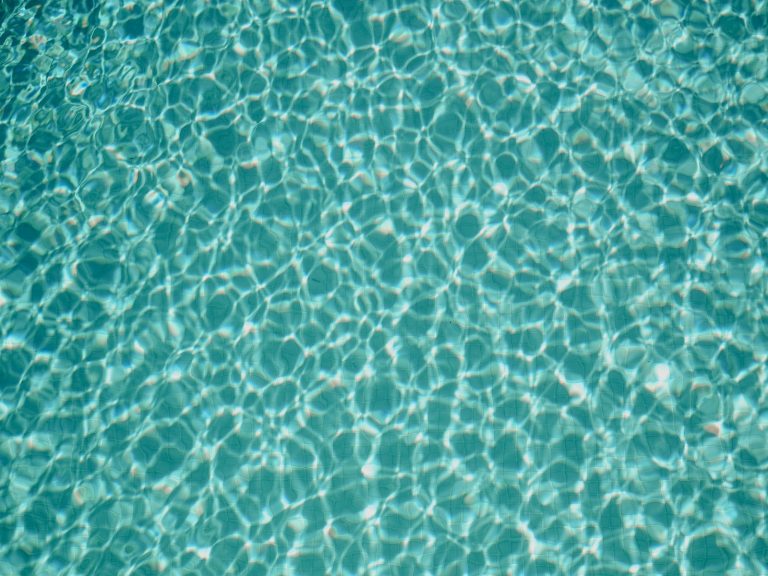Swimming pool maintenance is a crucial task for any pool owner. One of the most vital aspects of this swimming pool care is the proper and regular use of liquid chlorine. This article will provide a comprehensive guide on how much liquid chlorine to add to pool, taking into account all the various factors that can influence this decision.
Understanding the Role of Liquid Chlorine in Pool Maintenance
Liquid chlorine plays a key role in keeping your swimming pool clean and safe for use. It acts as a sanitizer, effectively eliminating harmful microorganisms that can cause waterborne diseases and lead to the growth of algae. By maintaining optimal chlorine levels in your pool, you’re not only ensuring a healthy swimming environment, but also extending the lifespan of your pool by preventing the buildup of harmful substances.
The Science Behind Chlorine’s Sanitizing Power
When added to your pool, chlorine undergoes a chemical reaction that forms a new substance known as hydrochloric acid. This acid is responsible for destroying bacteria, viruses, and other microscopic threats, keeping your pool water safe for swimming. Importantly, this chemical reaction is most effective when the pH levels of your pool water are within the normal range. Thus, it’s crucial to regularly test and adjust your pool’s pH levels to ensure the efficacy of the chlorine.
Different Types of Pool Chlorine and Their Uses
There are several types of pool chlorine available on the market, each with its own set of advantages and drawbacks. Understanding these differences can help you make an informed choice about the best type of chlorine for your specific pool and maintenance routine.
Granular Shock or Powder Chlorine
Granular chlorine shock, also known as powder chlorine, is typically either sprinkled directly into the pool or first dissolved in water before being added. While this form of chlorine requires a bit more effort to apply, it boasts a longer shelf life compared to liquid chlorine.
Chlorine Tablets
Chlorine tablets provide an easy and convenient way to maintain chlorine levels in your pool. These tablets are typically placed in a pool skimmer or floating chlorinator, allowing for a slow and steady release of chlorine over time.
Liquid Chlorine
Liquid chlorine is the most economical choice for pool sanitation. It’s simply mixed into your existing pool water, where it then mixes evenly as the water circulates through the pool’s filtration system. Due to its ease of application, liquid chlorine is a popular choice for treating larger pools.
Stabilized vs. Unstabilized Chlorine: Which One to Use?
Choosing between stabilized and unstabilized chlorine mainly depends on the amount of direct sunlight your pool receives. Unstabilized chlorine, which doesn’t contain cyanuric acid, is less effective when exposed to the sun. Thus, it’s more suitable for indoor pools or those located in shaded areas. On the other hand, stabilized chlorine, which contains cyanuric acid, is more resilient to sunlight, making it ideal for outdoor pools that receive lots of sunlight.
Determining How Much Liquid Chlorine to Add to Your Pool
The amount of liquid chlorine to add to your swimming pool water depends on several factors, including the pool’s size, the current chlorine levels, and the desired chlorine concentration. As a general rule, for a pool holding 10,000 gallons of water, you’d need approximately 52-104 ounces of liquid chlorine to achieve a chlorine level of between 5 and 10 parts per million (ppm).
Best Practices for Adding Liquid Chlorine
There are several best practices to follow when adding liquid chlorine to your pool. First, it’s important to test the water’s current chlorine and pH levels before adding any additional chlorine. This will help you determine how much chlorine is needed to reach the desired concentration.
When adding the liquid chlorine, you can either feed it through your pool’s mechanical chlorinator or pour it directly into the pool, ideally while the pool’s filter is running. This allows for better distribution and mixing of the chlorine.
Furthermore, the time of day you add the chlorine can also affect its effectiveness. It’s best to add chlorine in the early morning or evening when there’s no sunlight, as sunlight can degrade chlorine and reduce its sanitizing power.
How Often Should You Add Liquid Chlorine?
We talked about how much liquid chlorine to add to pool, but when and how often to add it?
The frequency of adding liquid chlorine to your pool can vary, but it’s generally recommended to check your pool’s chlorine levels weekly or biweekly. If the chlorine levels are below 2 ppm, it’s time to add more liquid chlorine.
Safety Precautions When Adding Liquid Chlorine
After adding liquid chlorine to your pool, it’s advisable to wait for at least four to five hours before entering the pool. This allows the chlorine to effectively mix with the pool water and sanitize it. If you’ve used liquid chlorine for a pool shock, it’s best to wait for at least 24 hours before swimming.
The Pros and Cons of Using Liquid Chlorine
While liquid chlorine is cost-effective and easy to use, it also has a few downsides. Due to its lower concentration compared to granular chlorine and tablets, you may need to use more liquid chlorine to achieve the same effect. Moreover, liquid chlorine has a shorter shelf life and loses its potency more rapidly, especially in hot climates.
However, despite these drawbacks, many pool owners prefer liquid chlorine for its simplicity and effectiveness. It’s premixed and ready to add to your pool, eliminating the need for complex calculations and preparations. Additionally, since it’s non-scaling and leaves no residue, it’s less likely to cause issues with your pool’s filtration system.
Conclusion
Understanding how much liquid chlorine to add to your pool is crucial for maintaining a clean, safe, and enjoyable swimming environment. By selecting the right type of chlorine, regularly testing your pool’s water, and following best practices when adding chlorine, you can keep your pool in top shape throughout the swimming season.

0 Comments